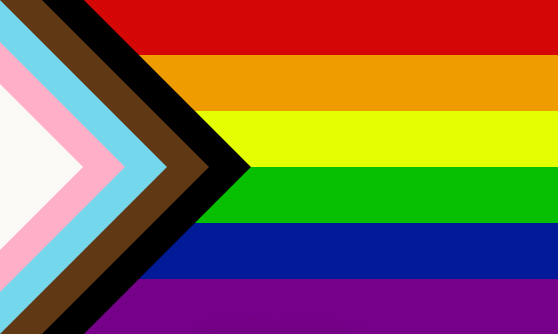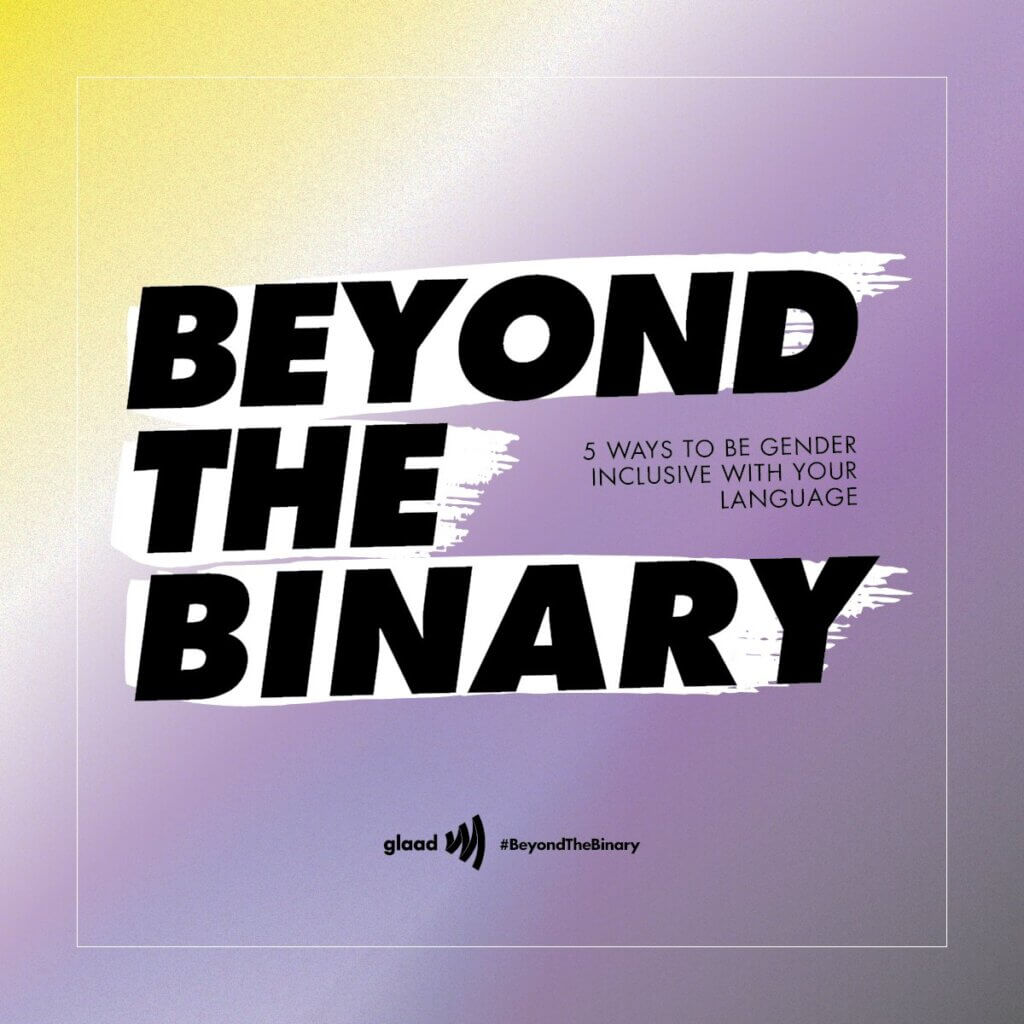
Respect and Recognition
Monmouth University recognizes that members of the university community
- Use names other than their legal names
- Wish to share their pronouns proactively with peers and employees, especially in the classroom setting and
- May identify/express their gender in ways not reflected in one’s legal documents
The university seeks to promote the comfort and safety of students, staff, and faculty members by recognizing chosen names, personal pronouns, and gender identity in university communications and systems, except where the use of the legal name/gender markers are required by university business or legal need. While the ability to update this information has been in place for several years through individualized support, students can now update their gender markers, name, and pronouns for their on-campus records via e-FORM, which can be accessed through the myMU portal under the Registrar’s office. Employees can continue to update this information by contacting Human Resources.
Important Terminology
- Transgender or Trans (adj.) – An umbrella term that describes many gender identities for people who do not identify with their sex assigned at birth.
- Non-binary (adj.) – An umbrella term used to describe gender identities that do not fit within the binary of male and female.
- Cisgender (adj.) – Describes people who identify their gender identity with their sex assigned at birth.
- Misgender (v.) – Incorrectly referring to a person’s gender through language and behaviors that assume someone’s gender identity.
- Chosen Name (n.) – A chosen or preferred name is a first name by which a person wishes to be known by in the university community that differs from their legal first name. A chosen name may or may not be associated with a gender transition.
- Pronouns (n.) – Pronouns are the words we often use to talk about a person when we’re not using their name. These might be he/him, she/her, they/them or other pronouns. Some people use one set of pronouns (eg. Pablo uses he/him pronouns) and some people use more than one (eg. Samira uses she/her and they/them interchangeably). Some people change the pronouns they use at different points in their life, and making sure we use their new ones is an important part of respecting them. Learn more about pronouns at pronouns.org
FAQ About Chosen Name Form and Usage
1. Where will my chosen name be utilized?
Currently, your chosen name should be displayed in systems that do not require one’s legal name. This includes class rosters, eCampus, housing rosters, and self-service. Legal names will continue to be utilized where required such as for the purposes of financial aid and student payroll.
2. Where will my pronouns be displayed?
If you indicate pronouns via the form, pronouns will be displayed on class rosters.
3. What if I encounter my legal name where I believe my chosen name should be used?
The university operates dozens of interconnected data systems. If at any point you find that your legal name is showing up when you believe it should not, please email the Office of Equity and Diversity for assistance.
4. For employees: What name should I utilize in my communications with students?
Any on-campus communication should utilize a student’s chosen name. If you are unsure if your system or communication is pulling in the correct information, you can always reach out to Information Management. Any communication that is going to be sent to a student’s home or shared with a student’s parent/guardian directly should continue to utilize a student’s legal name to protect their privacy.
5. I’ve changed my name and/or gender markers legally? Should I still use this form?
If at any point you update this information utilizing the legal system, you can update this information across all campus systems separately by working with the Office of the Registrar.
Cultivating More Trans and Non-binary Inclusive Classroom Settings
Setting the tone for your classroom around pronouns and gender-inclusive language. Best practices include, but are not limited to, the following:
- Offer your name and pronouns when introducing yourself to the class.
- Include your pronouns in your email signature and syllabus.
- Substitute gendered language for more inclusive language, such as “everybody,” “folks,” or “this person.”
- When in doubt about what pronouns someone uses, use the student’s name and/or use the pronouns “they/them”.
- Apologize when you make a mistake and misgender someone.
- If someone is misgendered, politely provide a correction whether the person who was misgendered is present or not (e.g., speak to the person who did the misgendering after class to offer a correction; emphatically saying “they” pronouns when one student uses “he”/”she” pronouns to refer to another student who already shared they use they/them pronouns).
- For writing-intensive courses, provide students the opportunity to use “they/them/their” pronouns in papers to refer to a singular person, or proper nouns (ie the student, the person, the parent) rather than less gender-inclusive options like “he or she.”
Consider asking for pronouns in the classroom. The following best practices are dependent on classroom size:
- Invite the class to include their name and pronouns on a paper table/desk tents and provide a model of your own as an example.
- Invite students to include their pronouns in first-day introductions (if they feel comfortable doing so), and offer an explanation about why pronouns are important. Invite does not mean require. There are many reasons a student may not want to share their pronouns within a larger class setting, especially until they grow more comfortable in the space. If a student skips their pronouns during introductions, do not go back to them and force them to do so.
- The following is some helpful language to introduce what pronouns mean to the class and that you might also consider adding to your syllabi: Pronouns are how a person wants to be referred to in the third person. Pronouns include he/him/his, she/her/hers, they/them/their, ze/hir/hirs, and other pronouns. We share our pronouns with the group and ask others to do the same, if they are comfortable doing so, so that we do not assume how people want to be referred to in the third person, thus avoiding instances of misgendering. We hope this will be one step towards creating a more inclusive classroom at Monmouth University.
Integrate LGBTQ+ content, perspectives, writers, researchers, etc. into the curriculum, so students see themselves reflected in your content:
- When selecting readings and other materials, be intentional about including perspectives from LGBTQ+ scholars and thinkers throughout the syllabus when possible. Integrate supplemental materials, such as videos or additional resources, that feature voices from LGBTQ+ communities.
- For courses in fields like STEM, business, etc., where there may not be easily identifiable LGBTQ+ content to include in the course, consider using case studies or examples from the field that include LGBTQ+ people and communities.
Respect students’ confidentiality should they come out to you as LGBTQ+ and have disclosed that they do not want to be out in certain settings or beyond your classroom.
Resources, Learning, and Professional Development
The Intercultural Center provides faculty and staff with live development opportunities focused on fostering a more inclusive environment for LGBTQ+ communities at Monmouth University, also known as our signature Safe Zone Training. Safe Zone Training is offered twice a year (usually in January and June) if you are interested in learning more about these topics and will be announced via email. If you would like to schedule training beyond the regular offerings for your department, please email us at intercultural@monmouth.edu
Resources
- LGBTQIA+ Resources at Monmouth– A page dedicated to providing up-to-date policies, services, and resources for LGBTQIA+ and questioning students, faculty, and staff at Monmouth.
- Free LinkedIn Learning Training Options: Using Gender Inclusive Language, Understanding and Supporting LGBTQIA+ Employees, Becoming an Ally to All
- Report Acts of Bias or Discrimination at Monmouth – A page that provides an overview of all of the reporting options and processes if you or someone you know on campus is faced with bias, discrimination, or harassment.
- MyPronouns.org – A page with helpful videos and resources, case studies, and information about what pronouns are, why they matter, how to use various pronouns, what to do when mistakes happen, how to share your pronouns and ask others for their pronouns, and other gender inclusive language/strategies.
- Asking For and Using Pronouns: Making Spaces More Gender Inclusive (Bryn Mawr)
- Good Practices: Names and Pronouns (University of Maryland, College Park)
- Pronoun Guidance (Vanderbilt University)
- Teaching at the Intersections (Sylvia Rivera Law Project)
- Teaching Beyond the Gender Binary (Vanderbilt University)
Readings/Research
- Antonio Duran & Z Nicolazzo, Exploring the Ways Trans* Collegians Navigate Academic, Romantic, and Social Relationships
- “Ask Me”: What LGBTQ Students Want Their Professors to Know (Chronicle of Higher Education)
- Genny Beemyn (ed.), Trans People in Higher Education
- Katy S. Jaekel & Molly B. Holmes, (Trans)gressing Faculty Development: Empowering Faculty to Support Trans* College Students through a Conceptual Model for Emancipatory Education
- Z Nicolazzo, Trans* in College: Transgender Students’ Strategies for Navigating Campus Life and the Institutional Politics of Inclusion

#BeyondTheBinary Pledge
Commit to being more gender inclusive with your language and work to create spaces where all genders feel welcome and included.
How about using folks instead of guys? Or try using everyone instead of men or women. Addressing a more formal crowd? Try distinguished guests in place of ladies and gentlemen! It’s that easy.
Sign the GLAAD pledge stating that you will use gender-inclusive language in your daily life!
